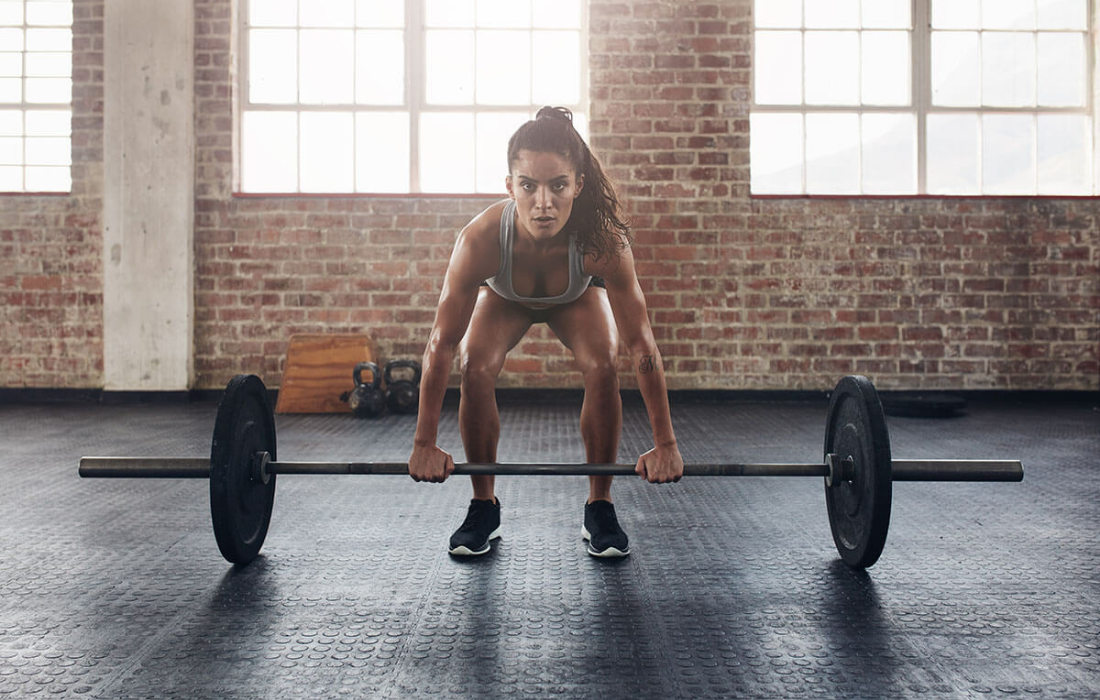Why Poor Movement Mechanics are Hurting You

The human body is an elaborate bridge built with a skeleton as the supports and with muscle acting as the suspension cables. Many health professionals focus on how to maintain the bridge, but are they really helping to keep the bridge from collapsing?
Mechanics are the reason many people fail to reach their goals or get hurt along the way. Your activities of daily living may actually be hurting you. Micro trauma slowly breaks down your bridge by tearing away at our joints. Let’s look at the long-term impact of improper mechanics and how they might be hurting you.
How are bad mechanics hurting me?
Though you may not be experiencing chronic pain, you might be on your way to developing it.
People tend to be reactive and not proactive. Unfortunately, working on proper mechanics is as proactive as it gets. Let’s return to the bridge analogy.
Imagine that bridge once more. Now, every day you pull and cut away at the cables that support that bridge. The first day the bridge may not collapse—it’s possible that bridge may even stay erect for years. However, as more cables are cut, the bridge starts to look different; it changes under the stress and begins to crack. Sooner or later, it will collapse.
That is what we are doing to our body on a daily basis.
The more we use poor mechanics the more we accelerate the damage. We are programming our neurons for pain. You won’t break a bone or tear a muscle today, but the repetition of these poor mechanics leads to non-specific pain. There are the warning signs that your bridge/body is ready to collapse. Your knee begins to ache sometimes but you’re not sure what you did and when it started.
When did this start?
A toddler will naturally squat and deadlift correctly. It’s the most effective way for them to move with tiny limbs. We tend to lose those innate mechanics by copying the way our parents move. Then, as we get older, we may make subtle changes in our mechanics based on body size, hobbies, sports and—most commonly—laziness.
For an athlete, a minor change in mechanics can make a much more dramatic impact based on conditioning level, experience, competition level and health history. These factors are very crucial in how our mechanics can change and, ultimately, how much trauma we are introduced to.
Example:
A junior varsity (JV) cross-country athlete wants to make varsity
Conditioning Level:
Did not train during the off-season and just came back from a vacation
Experience:
One season of JV cross country
Competition Level:
Moved up from 13 – 15-year age group to 16 – 18-year age group
Health History:
Pulled hamstrings/turned ankles
This is an example of an athlete who is not conditioned returning to a sport at a high level. This individual is at a high risk for developing and competing with poor mechanics. They may make the roster, but at what long-term cost?
What can you do about it?
- Get a movement screening! Before you begin or alter any program a baseline reveals if your mechanics are already faltering and what you can do to fix them.
- Consider the factors that impact your movement when selecting an exercise program (conditioning, experience, etc.).
- Eliminate the bad reps.
Avoid damaging the integrity of your joints and leading yourself into an injury. Take ownership of your body and mechanics so you can stop hurting yourself today!

